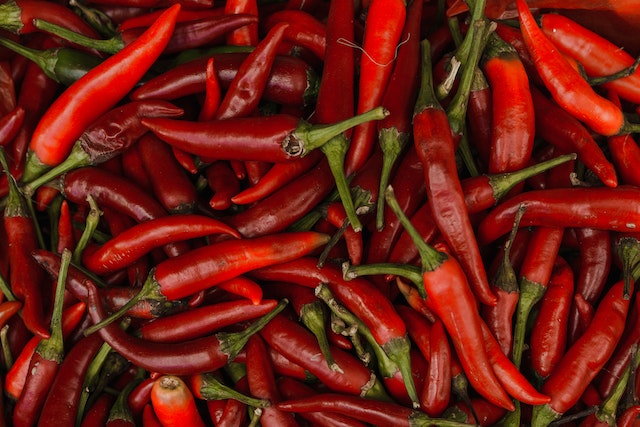Botanical Description:
Scientific Name: Taraxacum officinale
Description: Dandelion is a well-known perennial herb found in temperate regions around the world. It belongs to the Asteraceae family and is characterized by its bright yellow flowers, deeply toothed leaves that form a rosette, and a hollow stem. The plant produces a single flower head per stem, which matures into the familiar white, spherical seed head known for its feathery, wind-dispersed seeds.
Disclaimer:
This Materia Medica is provided for informational purposes only and should not replace professional medical advice. Please consult with a qualified healthcare practitioner or herbalist before using any herbal remedies.
Therapeutic Actions:
- Diuretic: Dandelion is recognized for its diuretic properties, promoting urine production and supporting kidney function.
- Digestive Bitter: As a bitter herb, dandelion stimulates digestive function, promoting the secretion of digestive juices.
- Hepatic Tonic: Dandelion is considered a hepatic (liver) tonic, supporting liver health and function.
Constituents:
- Taraxacin: Dandelion contains taraxacin, contributing to its diuretic effects.
- Inulin: Inulin, a type of soluble fiber, is present in dandelion and supports digestive health.
- Sesquiterpene Lactones: These compounds contribute to the bitter taste and potential therapeutic actions.
Traditional Uses:
- Liver Support: Dandelion has been traditionally used to support liver function and enhance detoxification.
- Edema and Water Retention: Due to its diuretic properties, dandelion has been used to address edema and water retention.
- Digestive Aid: Dandelion’s bitter constituents make it valuable for promoting healthy digestion.
Dosage and Preparation:
- Infusion: Prepare a dandelion leaf or root infusion by steeping in hot water. Drink as a tea.
- Tincture: Dandelion tinctures, commonly made from the roots or leaves, can be taken following recommended dosages.
- Powdered Root: Dried dandelion root can be powdered and used in various formulations, such as capsules.
Cautions and Considerations:
- Allergic Reactions: Individuals with allergies to Asteraceae family plants (ragweed, marigolds) may experience cross-reactivity.
- Interactions: Dandelion may interact with certain medications, especially those affecting the liver or kidney function.
Conclusion:
Dandelion, with its vibrant yellow flowers and distinctively toothed leaves, stands out not only in the natural landscape but also in herbal medicine. Its diuretic properties make it valuable for addressing water retention and supporting kidney function. As a bitter herb, dandelion aids digestion by stimulating the production of digestive juices. Additionally, its role as a hepatic tonic contributes to its traditional use in promoting liver health and detoxification. Dandelion can be prepared as an infusion, tincture, or in powdered form, providing versatility in herbal formulations. While generally safe, individuals with allergies to related plants or those on specific medications should exercise caution and seek guidance from qualified healthcare practitioners or herbalists. In the world of herbal remedies, dandelion’s rich history and therapeutic actions make it a valuable addition for those seeking natural support for kidney, liver, and digestive health.







2 Comments on “Dandelion Root: Herbal Plant Profile”